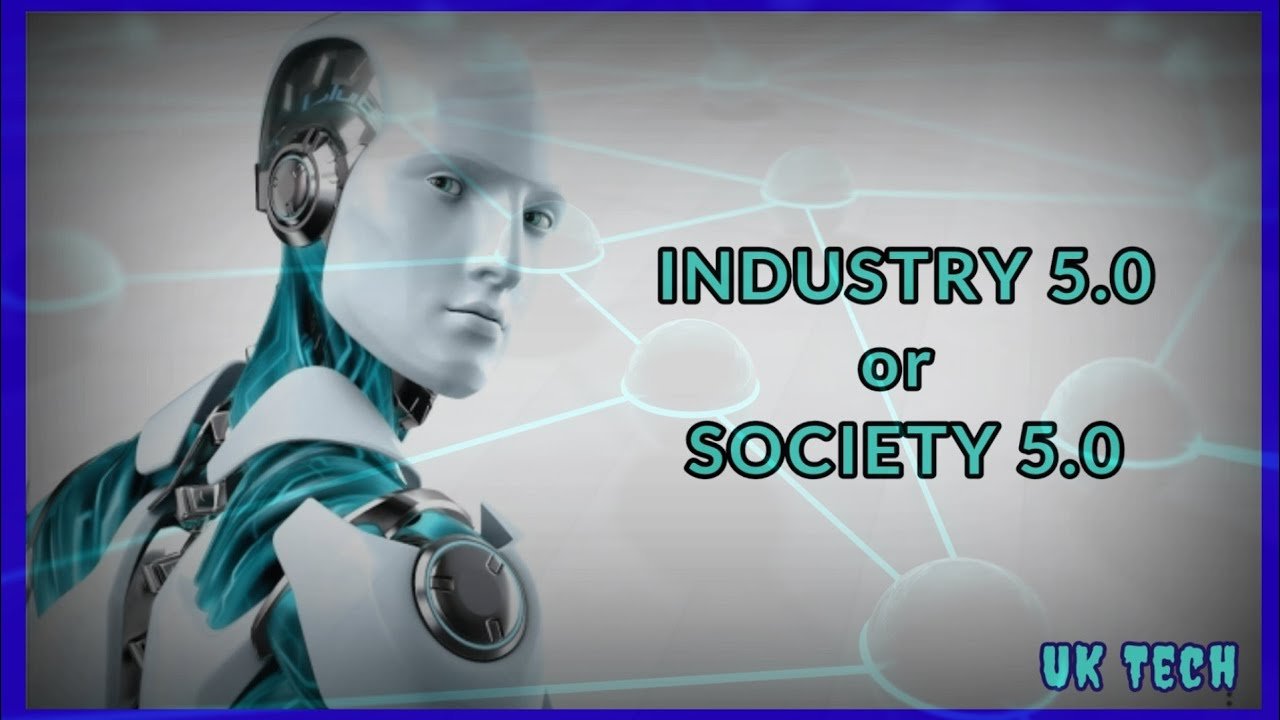Industry 5.0 is on the horizon, promising to revolutionize the way we live and work.
While Industry 4.0 focused on automation and data exchange, Industry 5.0 aims to bring human-centric solutions to the forefront.

This article delves into the future of Industry 5.0, exploring its potential impact on society, the challenges it faces, and the areas ripe for future research.
Understanding Industry 5.0
What is Industry 5.0?
Industry 5.0 is the next phase in the industrial revolution, characterized by the integration of advanced technologies with human intelligence.
It emphasizes the collaboration between humans and machines, aiming to create more personalized and efficient production processes.
Evolution from Industry 4.0 to 5.0
The transition from Industry 4.0 to Industry 5.0 involves shifting from pure automation and digitalization to a more balanced interaction between human workers and intelligent systems.
This evolution focuses on enhancing human capabilities with advanced technologies like AI, robotics, and the Internet of Things (IoT).
Key Components of Industry 5.0
Human-Centric Design
Human-centric design in Industry 5.0 prioritizes the needs and well-being of workers.
It involves creating systems that support human creativity and decision-making, ensuring that technology complements rather than replaces human skills.
Advanced Robotics and AI
The integration of advanced robotics and AI in Industry 5.0 allows for more intuitive and adaptive interactions between humans and machines.
These technologies enhance productivity while enabling more complex and customized manufacturing processes.
Internet of Things (IoT)
IoT continues to play a crucial role in Industry 5.0 by connecting devices and systems, facilitating real-time data exchange, and enabling smarter decision-making processes.
Big Data and Analytics
Big data and analytics are essential in Industry 5.0 for extracting valuable insights from vast amounts of data.
These insights help in optimizing production processes and improving decision-making.
Human-Centric Solutions
Personalized Manufacturing
Personalized manufacturing is a key human-centric solution in Industry 5.0.
It involves producing customized products tailored to individual customer preferences, made possible by advanced technologies and flexible production systems.
Collaborative Robots (Cobots)
Cobots are designed to work alongside human workers, enhancing their capabilities and ensuring safety.
These robots are equipped with advanced sensors and AI to understand and respond to human actions.
Enhanced Worker Safety and Well-Being
Industry 5.0 places a strong emphasis on improving worker safety and well-being.
This includes using wearable technology to monitor health and environmental conditions, and implementing ergonomic solutions to reduce physical strain.
Challenges in Implementing Industry 5.0
Integration with Existing Systems
One of the significant challenges in implementing Industry 5.0 is integrating new technologies with existing systems.
This requires substantial investment and can disrupt current workflows.
Data Security and Privacy
With the increased use of IoT and big data, ensuring data security and privacy becomes more critical.
Protecting sensitive information from cyber threats is a significant concern for businesses adopting Industry 5.0 solutions.
Workforce Adaptation
The transition to Industry 5.0 requires a workforce that is skilled in working with advanced technologies.
This necessitates significant investment in training and education to ensure workers can effectively collaborate with intelligent systems.
Prospective Research Areas in Industry 5.0
Human-Machine Interaction
Research in human-machine interaction aims to improve the synergy between humans and robots.
This involves developing intuitive interfaces and understanding the psychological aspects of working with intelligent machines.
Ethical AI and Robotics
Ethical considerations are paramount in the development of AI and robotics for Industry 5.0.
Research in this area focuses on creating systems that are transparent, fair, and aligned with human values.
Sustainable Manufacturing
Sustainable manufacturing practices are essential for the future of Industry 5.0.
Research is focused on developing environmentally friendly production processes and materials to reduce the industrial impact on the planet.
Cybersecurity Innovations
With the rise of connected devices, cybersecurity is a critical research area. Innovative solutions are needed to protect data and ensure the safe operation of IoT-enabled systems.
Advanced Data Analytics
Advanced data analytics research aims to develop new methods for extracting actionable insights from big data.
This includes exploring machine learning and AI techniques to enhance predictive capabilities and decision-making.
The Impact of Industry 5.0 on Society
Economic Growth
Industry 5.0 has the potential to drive significant economic growth by increasing productivity and creating new business opportunities.
Personalized manufacturing and advanced services can lead to higher consumer satisfaction and demand.
Job Creation and Transformation
While there are concerns about job displacement, Industry 5.0 is also expected to create new jobs, particularly in fields related to technology and innovation.
Existing jobs will transform, requiring new skills and expertise.
Improved Quality of Life
The human-centric approach of Industry 5.0 aims to improve the quality of life by enhancing working conditions, creating safer environments, and offering more personalized products and services.
Conclusion
Industry 5.0 represents a significant shift towards human-centric solutions in manufacturing and beyond.
By focusing on the collaboration between humans and intelligent systems, it promises to create more personalized, efficient, and sustainable production processes.
However, this transition comes with challenges, including system integration, data security, and workforce adaptation.
Addressing these challenges through research and innovation will be crucial for realizing the full potential of Industry 5.0.
